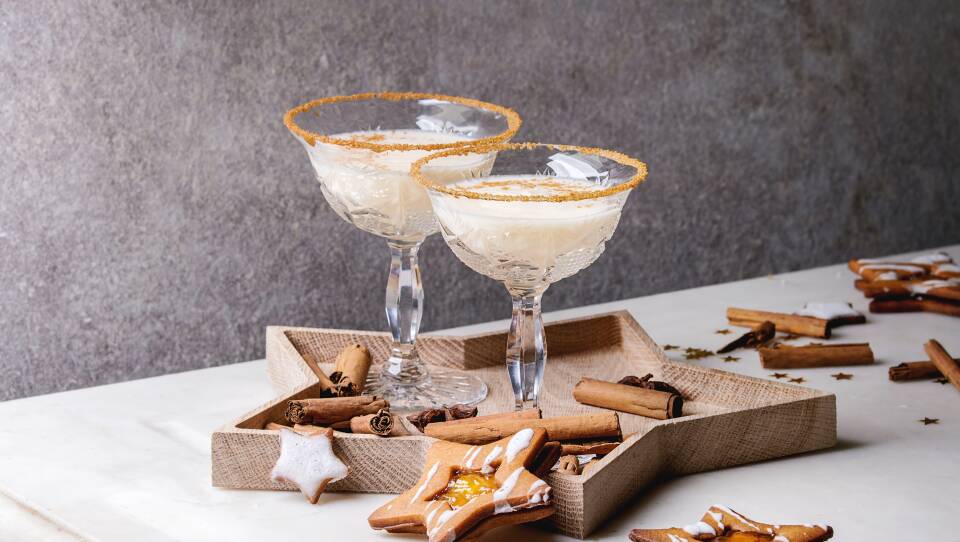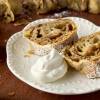Interest in cutting down on alcohol consumption started as a wellness answer to the over-indulgence of the holiday season, but the sober curious have extended beyond dry January and started to shape market trends for low-or-no-alcohol beverages and according to a recent New York Times story, bartenders may be contributing as much as consumers.
Food writer Corby Kummer joined Boston Public Radio on Tuesday to discuss how the sober curious bartenders are gaining visibility.
"One of the main reasons this movement among food service workers who are bartenders in being sober and being able to survive at work, is social media," he said. "Being able to post about it and have a whole community be your support system, the way 12 step groups ... keep them up and keep them accountable, the focus is on a whole movement among bartenders who say, 'I'm good at my job, I like my job, I drank, I don't want to drink anymore.'"
Food service workers historically struggled with higher rates of alcoholism than other work groups, as a study in the Journal For Workplace Behavioral Health found.
While sober bartenders may make for a catchy headline, the consumer market is also behind them with higher sales in low-alcohol and nonalcoholic beverages.
"I see (the market) at every restaurant I visit these days ... If I don't order a drink, they immediately say can I show you our list of non-alcoholic drinks," he said. "This is a real trend."
Corby Kummer is executive director of the Food and Society policy program at the Aspen Institute, a senior editor at The Atlantic and a senior lecturer at the Tufts Friedman School of Nutrition Science and Policy





